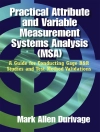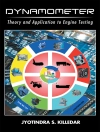This Technical Report presents the outcome of a Working Group that was established to determine broadly applicable sound exposure guidelines for fishes and sea turtles. After consideration of the diversity of fish and sea turtles, guidelines were developed for broad groups of animals, defined by the way they detect sound. Different sound sources were considered in terms of their acoustic characteristics and appropriate metrics defined for measurement of the received levels. The resultant sound exposure guidelines are presented in a set of tables. In some cases numerical guidelines are provided, expressed in appropriate metrics. When there were insufficient data to support numerical values, the
relative likelihood of effects occurring was evaluated, although the
actual likelihood of effects depends on the received level. These sound exposure guidelines, which are based on the best scientific information at the time of writing, should be treated as interim. The expectation is that with more research the guidelines can be refined and more cells in the tables completed. Recommendations are put forward defining the research requirements of highest priority for extending these interim exposure guidelines.
Table des matières
1. Introduction.- 2. Aquatic Organisms of Concern.- 3. Hearing – A General Overview.- 4. Classification of Fishes and Sea Turtles with Respect to Sound Exposure Risk.- 5. Effects of Sound Exposure.- 6. The Nature of Man-Made Sound.- 7. Sound Exposure Guidelines.- 8. Research Recommendations.- 9. Summary and Conclusions.












